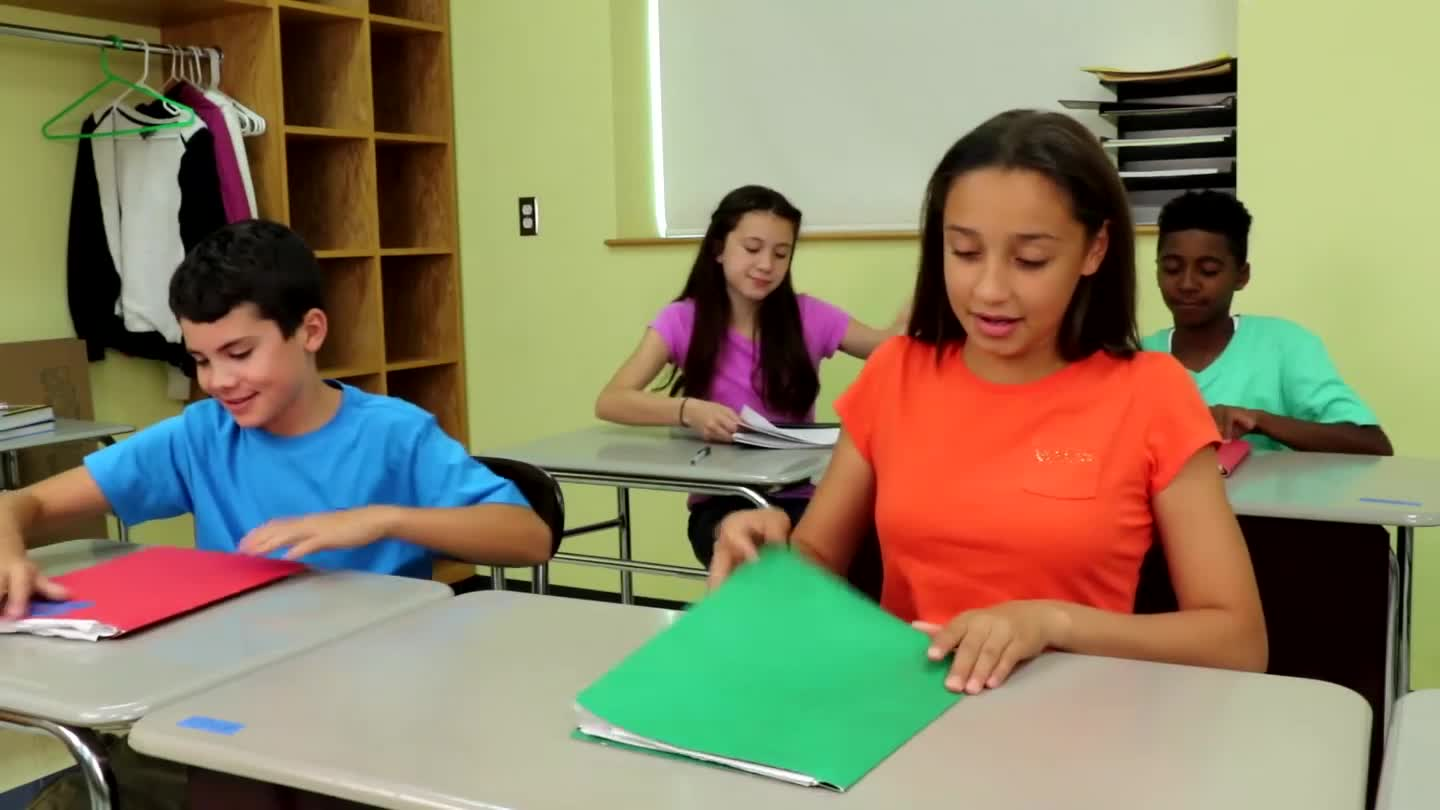
Introduction
Respect is an essential social-emotional skill that students need to develop in order to foster a positive classroom environment. Teaching respect involves encouraging students to follow directions, listen actively, and engage in constructive communication. In this blog post, we will discuss an easy no-prep activity to teach respect, provide discussion questions to stimulate further conversations, and mention related skills that can enhance students’ overall social-emotional growth.
No-Prep Activity: Silent Line-Up
This activity requires no preparation or materials and is a great way to reinforce the concept of respect among students. To begin, have your students stand in a scattered formation around the room. Explain that their task is to silently line up in alphabetical order by their first names, without talking or making any noise. Encourage them to use non-verbal communication, such as hand gestures or facial expressions, to complete the task.
Once the students have successfully lined up, discuss the challenges they faced during the activity and how they had to rely on respectful non-verbal communication to achieve their goal. This exercise not only demonstrates the importance of listening with their entire bodies but also highlights the significance of waiting for the appropriate moment to engage in conversation.
Discussion Questions
- Why is it important to show respect to your teacher and classmates during class? How does this contribute to a positive learning environment?
- What are some examples of respectful behavior in the classroom? Can you think of any situations where it might be difficult to show respect, and how can you overcome those challenges?
- How does listening with your entire body help you to better understand and respect others? In what ways can you practice active listening in your daily life?
- Why is waiting to be called on before speaking an important aspect of showing respect? How does this help to create a more inclusive and orderly classroom?
- How can you demonstrate respect towards others outside of the classroom? Why is it important to treat everyone with respect, regardless of their background or position?
Related Skills
Teaching respect in the classroom is just one aspect of fostering a well-rounded social-emotional learning experience for students. Some related skills that can further enhance students’ growth include:
- Empathy: Understanding and sharing the feelings of others is a key component of building respectful relationships.
- Active Listening: Practicing attentive and engaged listening is crucial for effective communication and showing respect to others.
- Self-Awareness: Recognizing one’s own emotions, strengths, and weaknesses can help students better understand their impact on others and make respectful choices.
- Conflict Resolution: Learning to address disagreements respectfully and constructively can contribute to a more harmonious and inclusive classroom environment.
Next Steps
To further explore teaching respect and other essential social-emotional learning skills, we invite you to sign up for free samples of our materials at Everyday Speech. Our resources are designed to help educators create engaging lessons and activities that promote the development of well-rounded and emotionally intelligent students.

